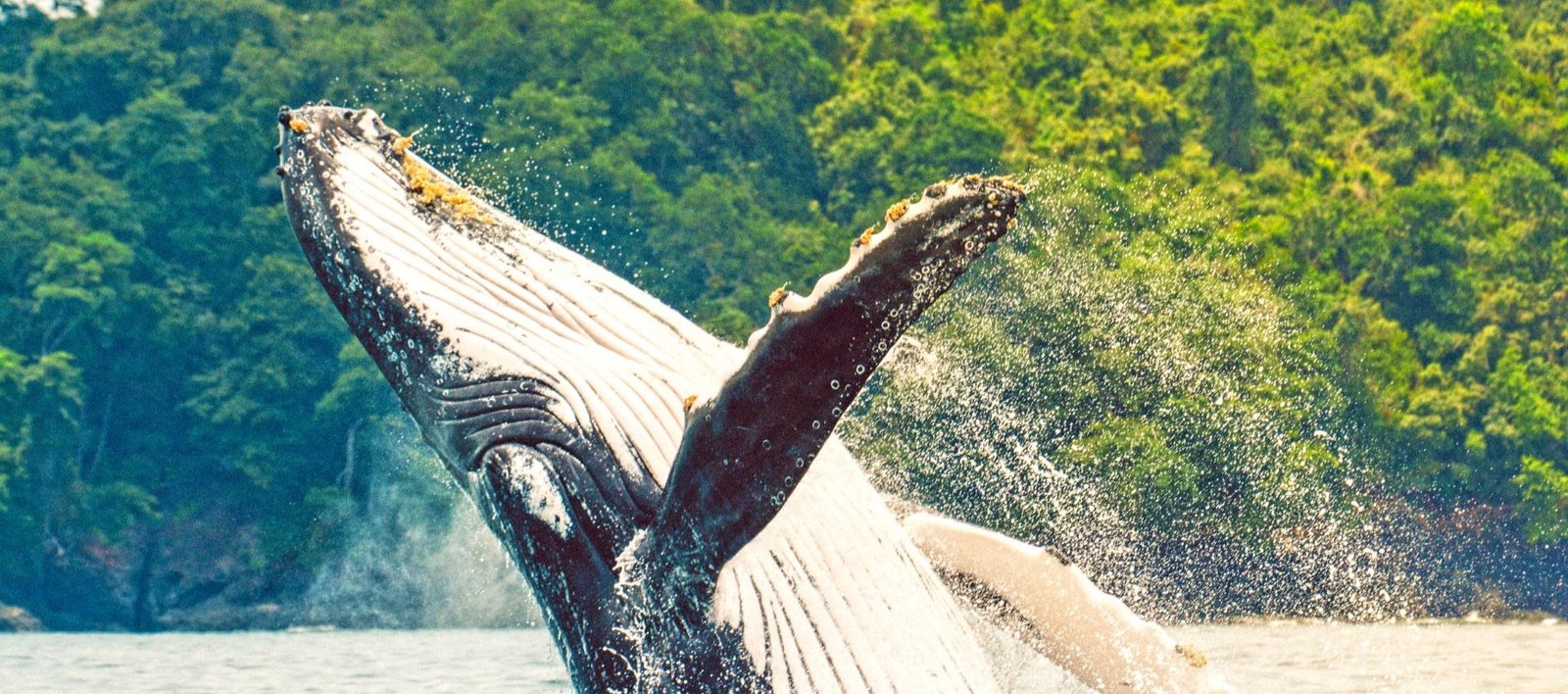
Threat Yourself to a Trip to the Gulf of Chiriquí During Whale Watching Season
By: Javier A. Pinzón
Photos: : Damiano Cavese, Javier A. Pinzón and courtesy Hotel Islas Secas
Tour of the Gulf
You may have heard of Coiba National Park and its pristine seas and mangrove forests, but the Gulf of Chiriquí, in southwestern Panama encompasses at least two other archipelagos with biodiversity that is considered a global treasure.
Vast swathes of ocean teeming with nutrients that feed all types of species, islands carpeted with forests, and coastlines fringed with mangroves make up one of the most unsullied wild refuges in the world.
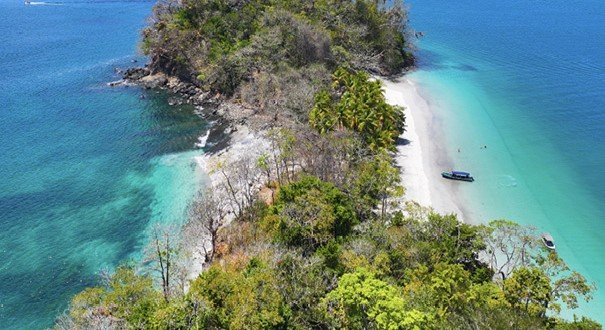
Between late July and mid-September, nearly 2,000 whales arrive in Panama from the southern part of the American continent. They come seeking warm tropical waters for mating and giving birth to their calves.
A group of scientists accompanied us on this tour of the Gulf and its three archipelagos. They showed us how tourism developments, such as tours and other experiences, need not conflict with conservation; on the contrary, the two can work hand-inhand, whereas other industries in the area could upset the delicate balance of this natural heritage site.
FIRST UP: The Beach
Still on the mainland, where green meets deep blue, we find ourselves in one of the wonders of the Gulf: La Barqueta Wildlife Refuge. This beach is a spawning area for green sea turtles (Chelonia mydas), loggerhead sea turtles (Caretta caretta), and olive ridley sea turtles (Lepidochelys olivacea). In recent years, conservationists have released an average of 30,000 baby turtles per year thanks to a program of relocating the eggs to a hatchery. The spawning season normally begins in June and lasts until January, with births continuing into February.

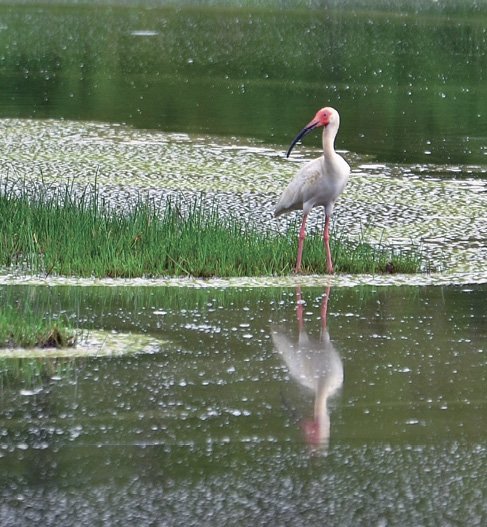
Do you like bird watching? The migratory bird season is fast approaching, and the same beach that shelters turtles serves as seasonal accommodation and feeding grounds for millions of migratory birds seeking a tropical haven to escape the northern and southern winters. Between October and March, Panama hosts exotic birds like the white stork (Ciconia ciconia), black kite (Milvus migrans), booted eagle (Aquila pennata), and an iconic species, the western marsh harrier (Circus aeruginosus). Created in 1994, this refuge also protects adjacent humid forests and wetlands.
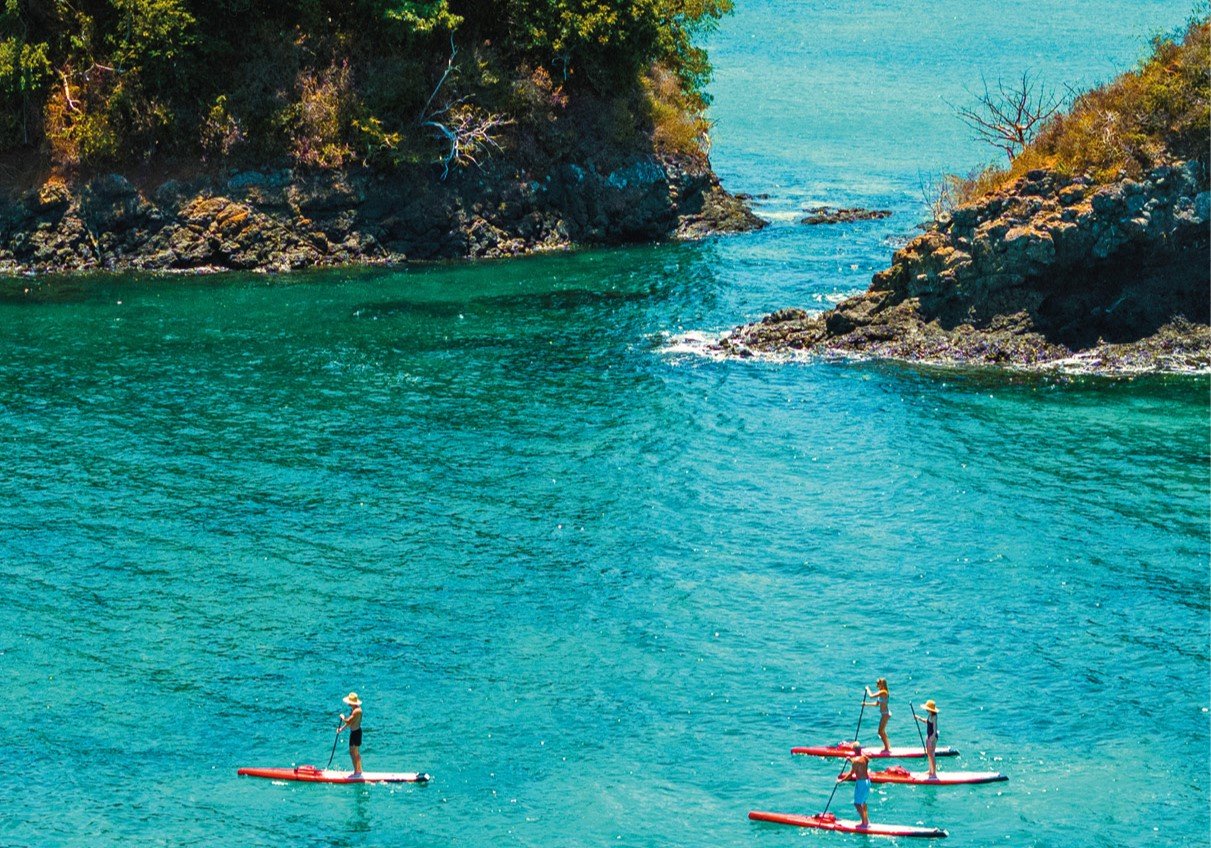
Panama has implemented conservation strategies that extend from high mountain basins to the bottom of the sea. The goal is to protect the ecosystems fringing the Gulf as one entity rather than as individual components, since it is the system as a whole that nurtures biodiversity and ensures it will endure.
NEXT: Mangroves, a World Between Land and Water
We are rowing beneath the shade of this forest that is home to eight species of mangroves. This tour is possible because local entrepreneurs like Víctor Díaz and Elvis Villalobos have embraced sustainable tourism. They talk to us about the value of the area as they show us around. We can see the tangle of roots from our kayaks. The roots filter the water and hold back sediment that washes down from the mountains, preventing it from reaching the pellucid sea waters of the Gulf. If the waters become silty with soil from the mainland, the reefs die, and with them, the entire trophic chain that makes this Gulf the paradise it is.
The sediment retained by these mangroves also serves as a significant carbon sink. According to calculations by Audubon and Wetlands International, it is estimated that the mangroves in the Gulf of Chiriquí could store more than 300 tons of carbon per hectare. This could be the key to sustainable use, as well as the perfect reason to undertake any necessary restoration.
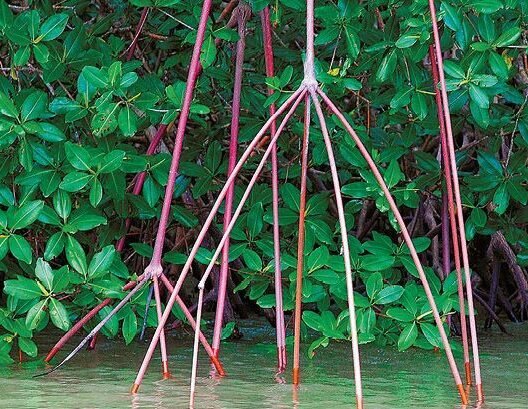
These serene waters also provide suitable conditions for birthing and raising critically endangered species like hammerhead sharks and sawfish, and they function as a nursery for many other species, such as snapper and black clams, as well. To protect this valuable resource, the Government of Panama established the Manglares de David Protected Area in 2007.
Tour operators – Mangrove tours
Tourist Services
Maribel Victoria
+507 6384 4948
Costa Trips Panama
+507 6770 3805
Bongo Outdoors Tours
+507 6090 9741
LATER: Let’s Hit the Water
Protected by the dense coastal mangrove forests, the more than 70 islands in the Gulf, scattered throughout the Las Paridas, Las Secas, and Coiba archipelagos, boast limpid waters that harbor the largest stretch of reef-forming corals in the Eastern Tropical Pacific.
Our trip originated from the port of Boca Chica on board a Step by Step Travel vessel. As soon as we hit the water, we were in the Gulf of Chiriquí National Marine Park, a bulwark essential to the preservation of the region’s land and sea biodiversity.
The heart of this park is the archipelago of the Paridas Islands: Parida, Paridita, Tintorera, Gámez, Bolaños, and 30 other islands and islets. The panorama consists of both rocky expanses and cliffs and beaches rich in biological diversity. The waters teem with turtles, dolphins, and whales, and the land abounds in birds like the red-lored parrot, pale-vented pigeon, and brown-throated parakeet, and reptiles like the green iguana, the black and green poison dart frog, and the impressive leatherback sea turtle, which lumbers up island beaches to lay its eggs.
Reefs thrive in the crystalline waters of the Gulf of Chiriquí; seamounts support and protect animal species, and nutrientrich currents converge there. The confluence of these factors makes for a perfect mosaic that allows life to flourish.
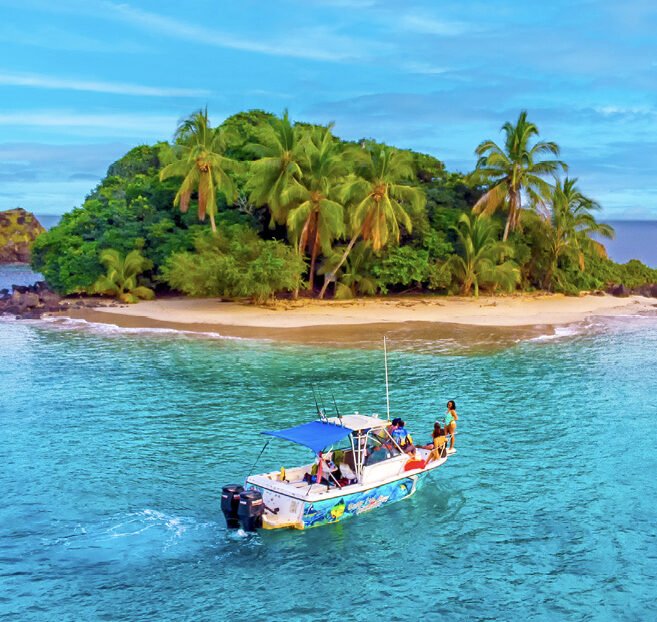
It is relatively easy to visit the Paridas islands, since the port of Boca Chica and the nearby island of Palenque, on the other side of the bay, offer boutique hotels built with an eye to environmental awareness and the sustainable use of resources. If you’re feeling adventurous, you can camp on the larger beach on Gámez Island, or near the more transparent waters of Bolaños Island.
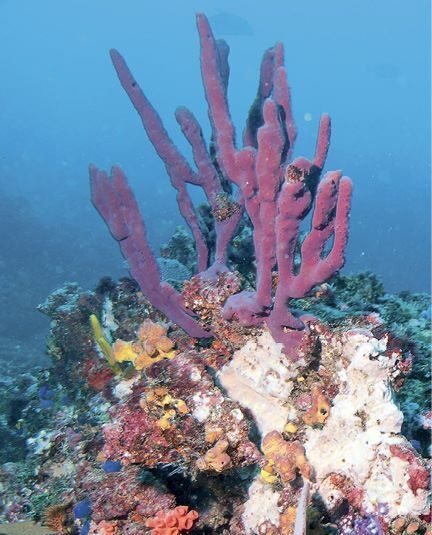
A new wave of small-scale tourism ventures that embrace a conservation mindset is sweeping through the area and attracting “conscious tourists.”
Some 20 miles offshore lies the Secas Islands archipelago, a marine paradise that comprises one tile in this mosaic of life. Here, the “big five” animals and the reefs are protected from destructive fishing methods. Only sustainable artisanal fishing is permitted. The use of multiple hooks and fishing nets is prohibited because they damage the sea floor and are known for a high incidence of bycatch. A high-quality boutique hotel on Secas Island welcomes adventurers with refined taste.
Our final destination is Coiba National Park, a reserve spreading over some half a million acres of marine, coastal, and island ecosystems, including Coiba Island, which is home to almost 200 square miles of nearly untouched forest, and another 40 islands and islets. Among other gems, the park protects the 334-acre coral reef, the second largest in the Central Eastern Pacific, and the largest in Central America. Obviously, our first goal was to jump into the water with a snorkel, which we accomplished on the double beach of Cocos Island. Our reward was a close-up look at white-tip sharks, two turtles, a puffer fish, and a shoal of barracudas.
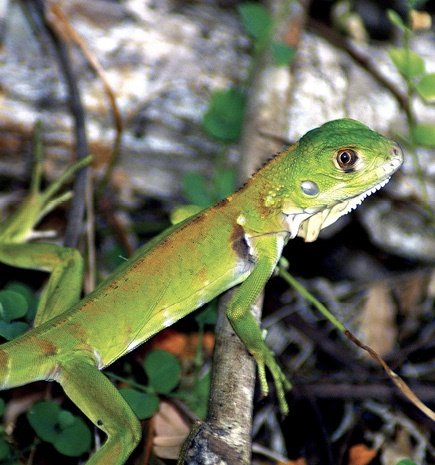
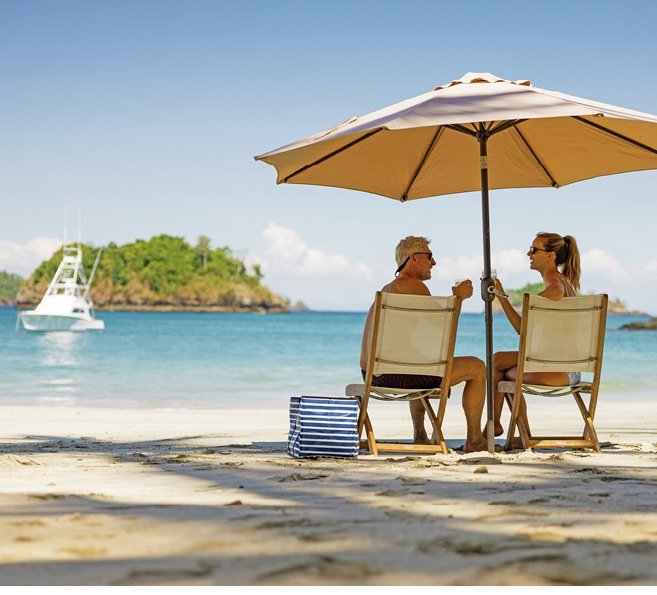
Scuba divers will revel in one of the most spectacular diving spots on the planet. It’s not so much the reefs, but the huge number of individuals of a species you can see traveling in massive groups, and the presence of the ocean’s largest inhabitants: whales and whale sharks.
Coiba forms part of the CMAR (Eastern Tropical Pacific Marine Corridor) network that connects islands of Costa Rica, Colombia, and Ecuador that are naturally linked by ocean currents and migratory corridors. The CMAR seeks to improve the conservation of marine biodiversity by encouraging coordination among neighboring countries. In keeping with its status as a World Heritage Site, Panama has been strict about protective regulations, resulting in a one mile no-extraction zone around each island or islet.
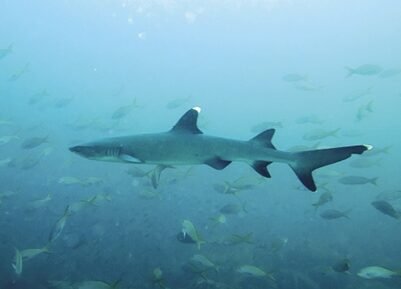
The string of mangrove forests bordering the Gulf is responsible for filtering the sediment that washes down from the mainland. This gives Gulf waters the clarity needed by the reefs.
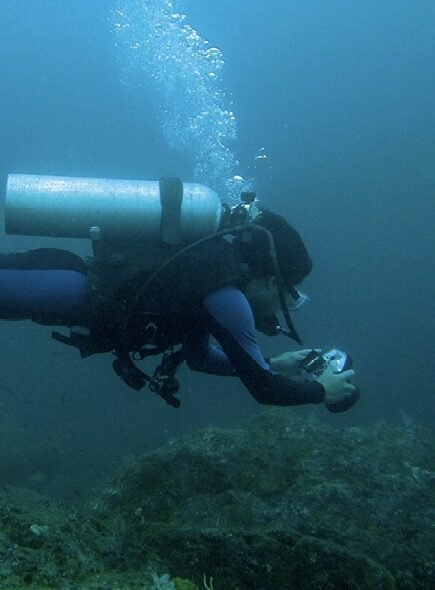
Tour operators – Gulf tours
Step by Step Travel, Boca Chica
+507 6144-2277
Costatripspanama, Moisés Botero, Chorcha Abajo
+507 6770 3805
Pacific Adventure Tours
+507 6673-0256
info@pacificadvent.com
Book these and other experiences at gotuuri.com
THREE BOUTIQUE HOTELS FOR YOUR VISIT TO THE GULF OF CHIRIQUÍ
SEAGULL COVE RESORT
Bocachica
This is the most accessible hotel, since it is on the mainland in the port of Boca Chica. Everything necessary for travel around the Gulf is available here. The bungalow-style rooms have water views and private balconies. Guests also enjoy a private pier and an over-the-water Tiki Bar.
One of the most exceptional activities offered at the hotel is coastal rowing (unique in the region). Experts accompany you as you cut through the serene waters, coming close to the flora, marine fauna, and birds of the nearby islands and mangroves.
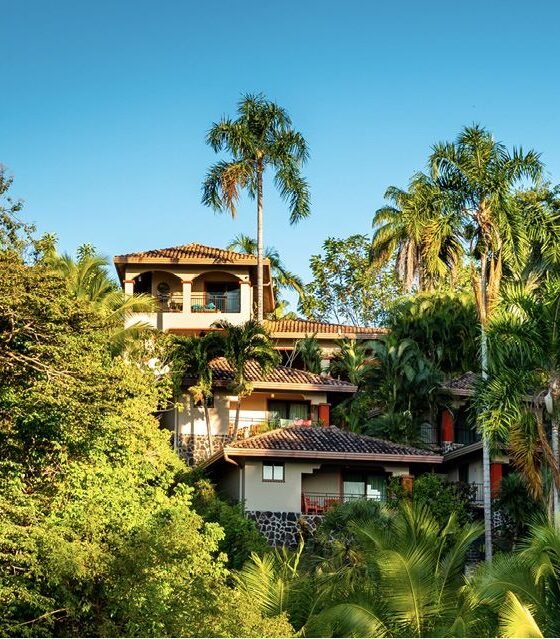
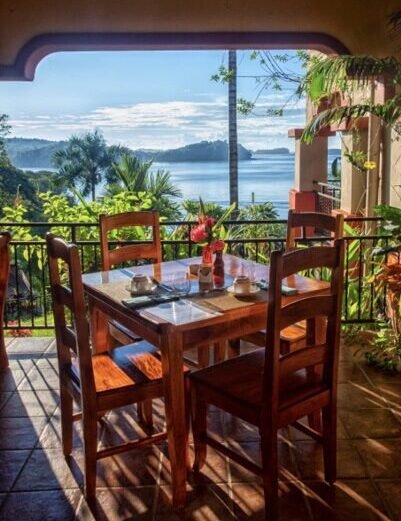
You can also take a boat tour to spot birds and other fauna, glide along on a stand-up paddle board, whale watch as you island hop, learn how to prepare Panamanian cuisine, go sport fishing, or spot dolphins and birds and appreciate the mangrove forests on an afternoon outing.
The Luna Azul restaurant serves a seasonal menu featuring ocean-to-table cuisine. The ingredients are locally sourced, highlighting the fusion of all the food cultures that coexist in Panama.
The resort works with the community to train local guides in conservation and sustainability, ensuring that the area’s fragile ecosystems are preserved for future generations.
ISLAS SECAS
Islas Secas Reserve and Resort, named for the eponymous archipelago of fourteen protected islands in the Gulf of Chiriquí, is the ideal base for exploring incredible seascapes. Islas Secas offers exciting activities, conservation-inspired tours, and logistical support for marine adventures. The concept of sustainability underpins facilities and operations: energy is 100% solar, water is recycled for the gardens, and all food waste is composted.
Lodging includes Casa Cavada: 4 rooms (up to 8 guests) and 6 bathrooms, situated in nearly 60 nautical miles of a protected marine zone. There are also 1-, 2-, and 3-bedroom cottages.
The hotel features a gourmet restaurant, a spa, yoga, scuba and skin diving, guided walks, bird watching, and everything you need for sea-going adventures.
In addition to its hospitality services, Islas Secas serves as a long-term biology monitoring station whose data is key to understanding the environmental health of the forests and seas. Guests are invited to participate in scientific research projects, interact with marine biologists on the island, and take up citizen science projects, including monitoring marine species and birds for the island’s conservation program.
Islas Secas also supports local education and community services. The privately funded Islas Secas Foundation supports marine and wildlife conservation efforts in the region, including those of MarViva, Panama Audubon Society, the Smithsonian Tropical Research Institute and Wetlands International.
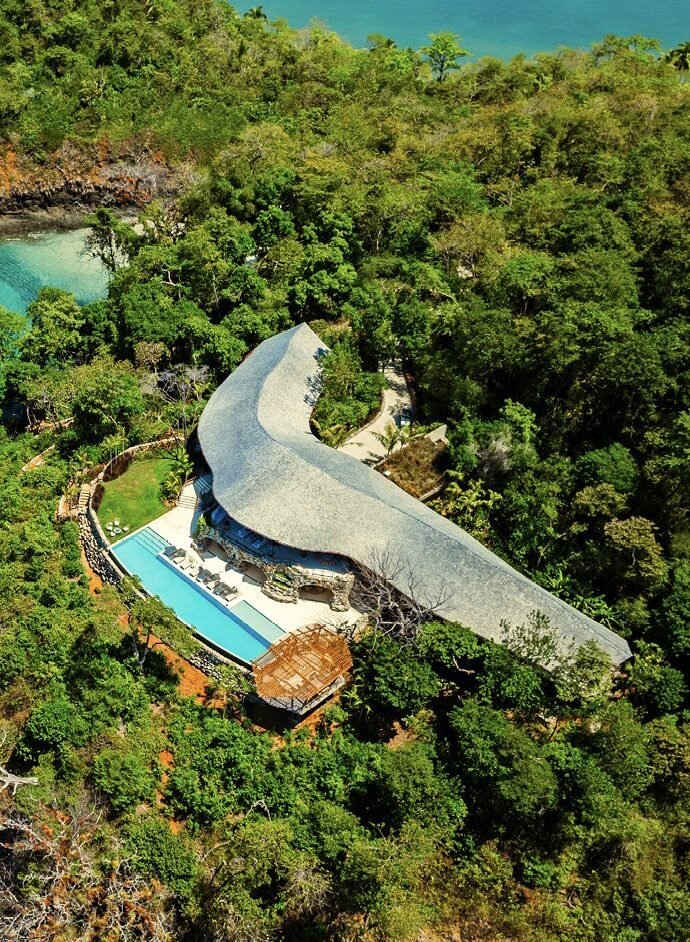
HOTEL ISLA PALENQUE
Isla Palenque sits just a short distance from the port of Boca Chica. Its 346 acres include natural forests and eight beaches with calm, translucent waters. It is also home to the Hotel Palenque, whose affiliation with the Cayuga Collection hotel chain ensures a combination of luxury and sustainability.
The hotel features eight beachfront cottages that can accommodate four guests each and a completely private six-room villa. It offers experiences such as fishing, kayaking, paddle boarding, and nature walks.
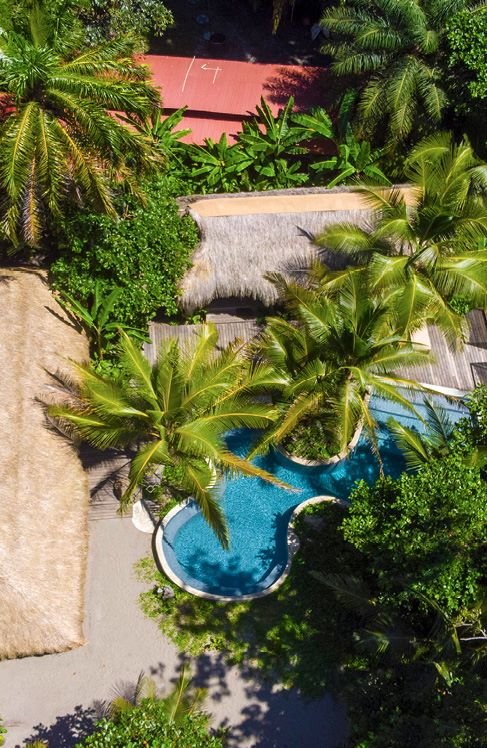
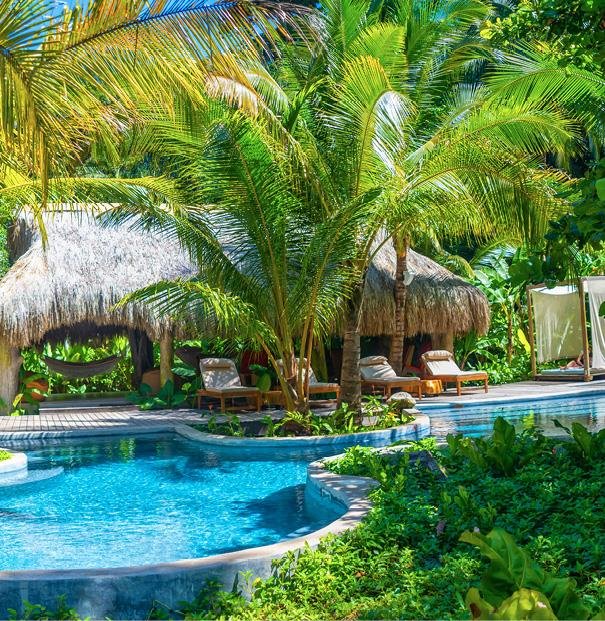
The kitchen serves a sophisticated take on Panamanian cuisine, prepared with fresh, local ingredients. And as spokesperson Felipe Fernández points out, they select their staff —and suppliers— from the communities where they operate. Candidates undergo training to meet the hotel’s high service standards. As part of a new generation of hotels that combine business ventures with environmental and social awareness, the hotel supports initiatives that have a positive impact on local communities, such as retirement homes, schools, and protected areas.
Hotel Isla Palenque achieves sustainability by monitoring their waste production and generating metrics to foster improvement. They also count the species of flora and fauna on their properties, clean the beaches, support building or renovating trails in protected areas, and collaborate with local authorities.
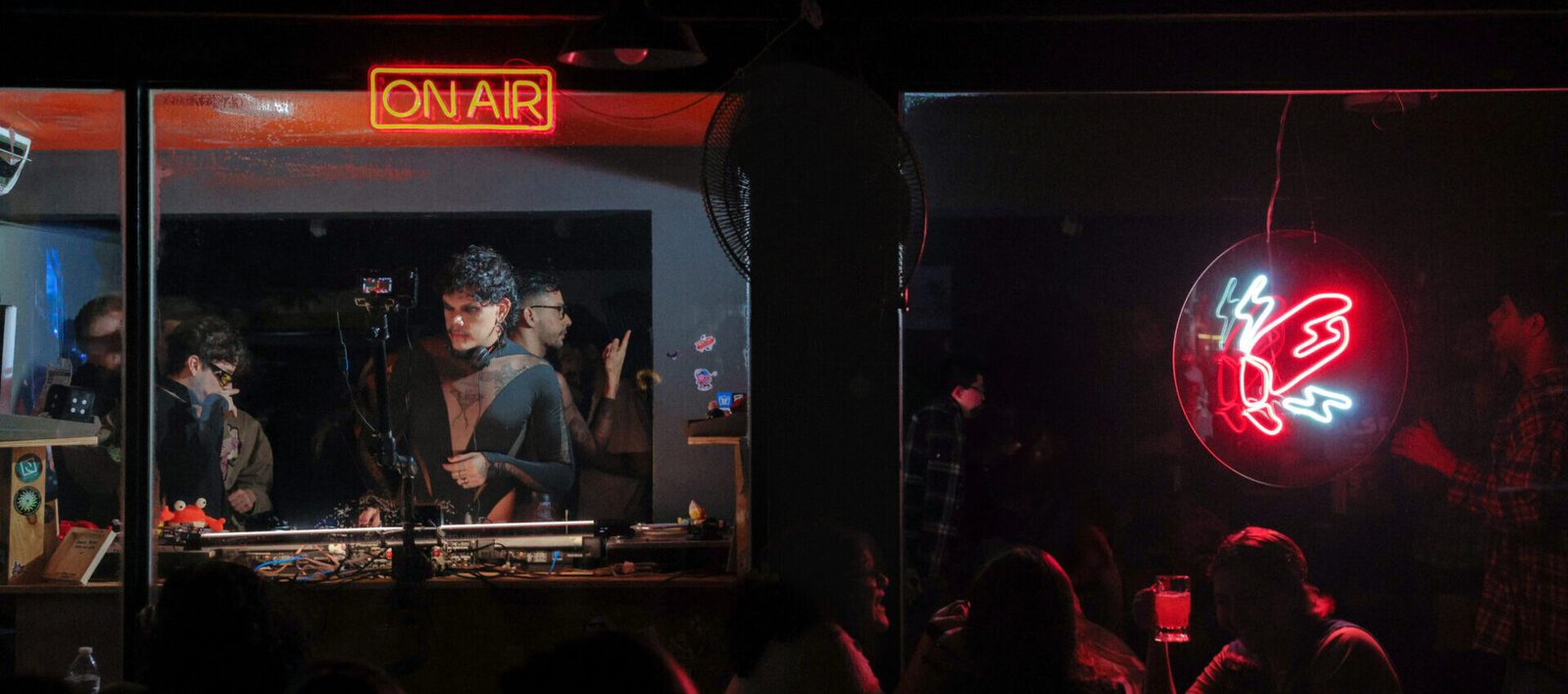
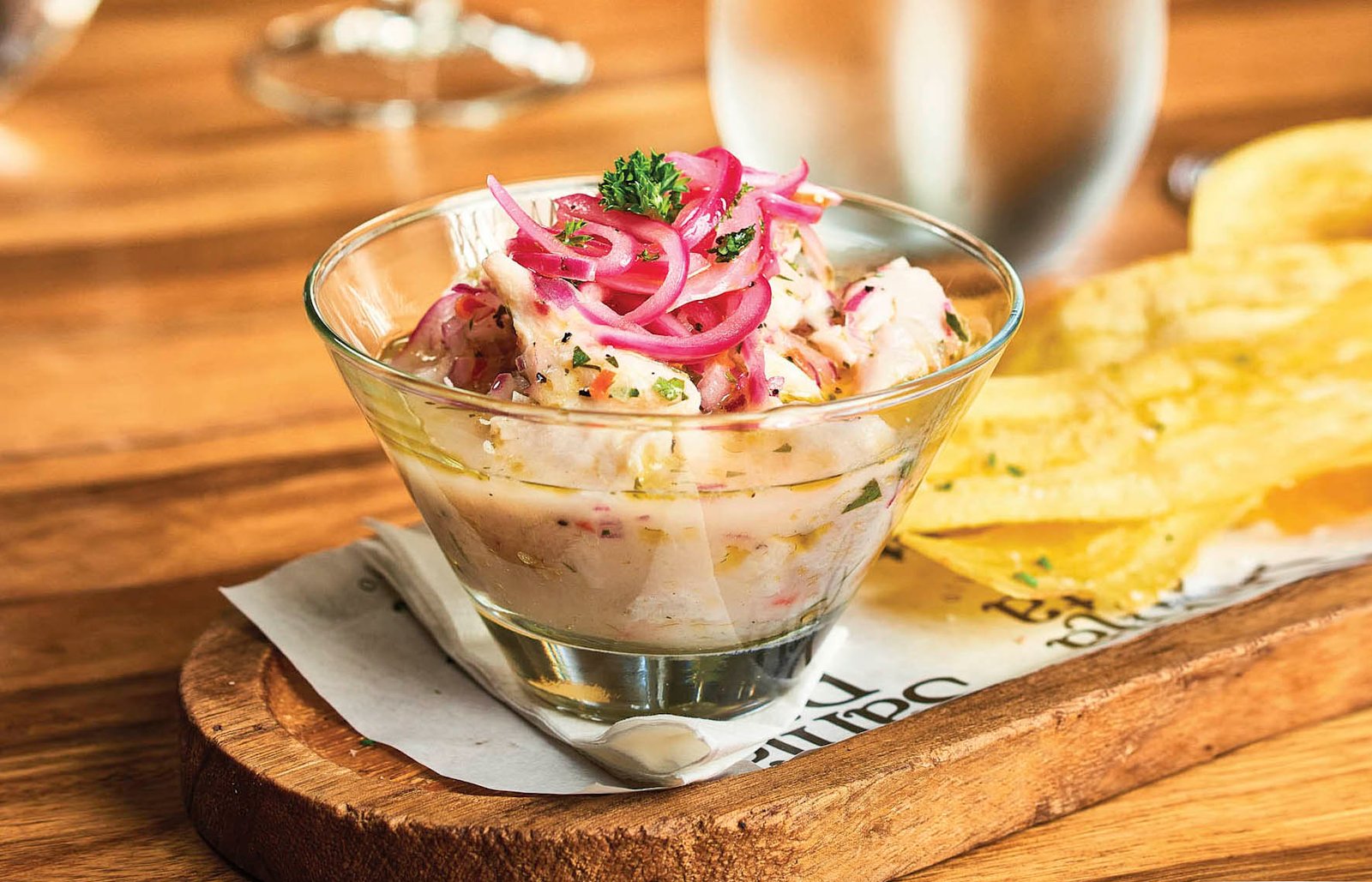

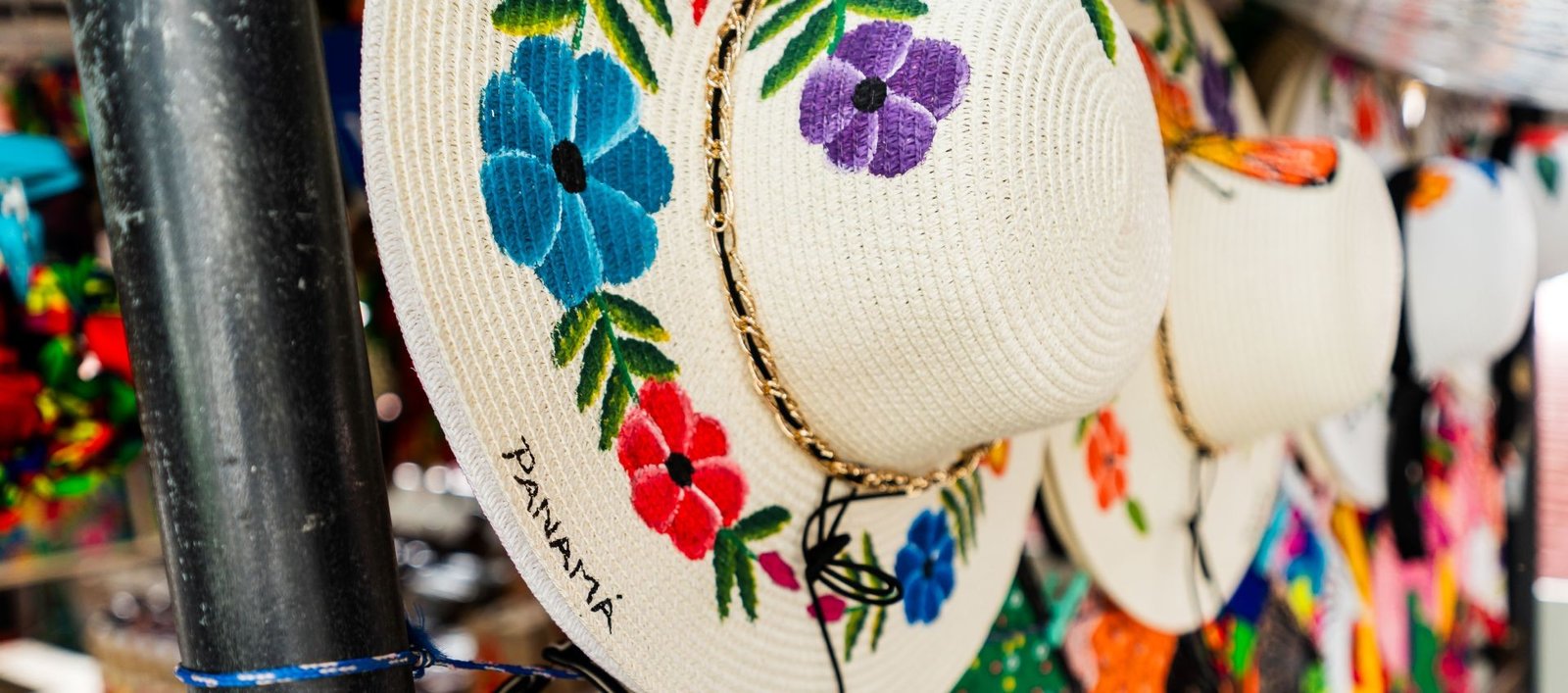
Leave a Reply